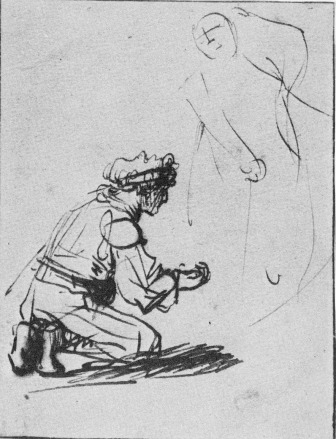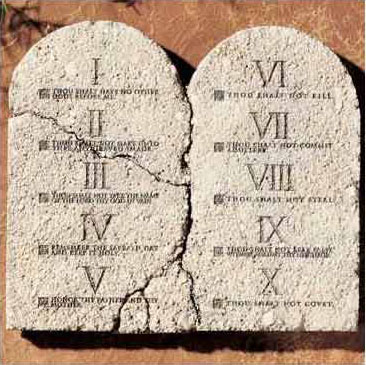This isn’t a criticism, Harry! But you do… sort of… I mean — don’t you think you’ve got a bit of a — a — saving people thing?
Harry Potter and the Order of the Phoenix, JK Rowling
In a few weeks, I will be leaving the ambulance indefinitely.
I’m moving a couple states away to return to school, a Physician Assistant program that begins in June. And while I hope to try and work an occasional shift with a more local service, it remains to be seen whether that will be possible. So I’m now approaching a crossroads where, after approximately four years of wearing a patch on my shoulder (many different patches, to be sure), I might soon be giving it up forever.
It’s a strange sensation. It’s been pointed out that, unlike other professions — butcher and baker and candle-stick maker — EMS has a unique ability to dominate the lives of its men and women. How many doctors and nurses do you see with bumper stickers, tattoos, and T-shirts proudly advertising their trade? For many of us, you don’t work as an EMT or a paramedic, you are one; it’s part of our identity. (That’s why it can be so devastating when, through life or injury or the whimsy of employment, we suddenly find ourselves without a uniform to wear — many of us don’t know what to replace it with.) There are prominent physicians of many years who still include “NREMT-P” among their credentials. That’s like an attorney listing his high school oyster-shucking job on his CV.
There are probably many reasons for this. Buckman has observed that becoming an EMT is one of the fastest and easiest routes to “feeling important” — one quick class, and you can break traffic laws and tell everyone you’re a lifesaver. We like that, I’m sure. There’s a lot of ego in this business.
But I suspect that it also attracts people who embrace its fundamental nature. At the bottom, this job is about going to people in distress and helping them. And there is something in us — I think in everyone, although stronger in some — that wants to do that. It resonates with us as humans. (Of course, many other things resonate with humans, including sex and bacon and a great parking spot. But that’s all right. We’re complex creatures.)
The point is, this business allows us to play that role in a unique way. I believe that someday I may enjoy sitting in an office and treating patients who walk in the door, or waiting in an emergency department, or roaming a hospital floor. But that’s different; you are the all-knowing Man on the Mountain, and your patients come and form a line to beg for your wisdom. On the ambulance, people call for help, and we go to them. We take the trouble; we’re the humble servant. Yes, they have to ask, but once they do, we bring the noise, we say: “There, there. We’re here now. Everything’s going to be all right.” In the simplest, most fundamental template of this job, people have problems and they call us; we hear the call and we drive toward them; we walk into their home or business or any of the places that people go; we see a human being in distress; and we kneel beside them and ask, “How can I help?”
By coming to people in their time of need, we get closer to the heart of it all. By our willingness to kneel, we open ourselves for the dying eight-year-old to ask: “Mrs. Nurse, will you hold my hand? I’ve never died before and I’m scared.” And that’s special, and it’s not such a bad thing to elevate it, even though — as Thom Dick reminds us — no matter how much we love it, it won’t love us back.
No matter where I go from here, for me, EMS will always be about that feeling of kneeling beside someone. Or the experience of sitting on the ambulance bench, alone, just my own thoughts and a trusting and vulnerable patient.
That moment when I walk into the room, and all eyes turn to me.
The mental perk-up as the radio crackles, and the extra acuity that dials in as I recognize my call sign and my gears start turning.
Opening my mouth to give a report to a trauma bay filled with nameless people wearing scrubs.
Holding an old lady’s hand as we bounce down the road.
Touching a shoulder as I say good-bye.
Iced coffee from Dunkin’ Donuts, titrated to my tiredness.
The smell, sound, and non-stop rumbling of a diesel engine.
Black shoe polish.
Sitting beside a partner and feeling like it’s the two of us against the world.
There’s a lot that’s wrong with this job. But there’s something that’s right about it, too, and it’s something important. And that’s why we keep coming back.
I’ll be busy soon, and this site will have to take a back burner. Updates will come less frequently, and I can’t guarantee new scenarios or new posts or new Library material on any reliable schedule. But wherever I end up, I don’t plan to turn my back on it. Because even if you leave the ambulance, I’m not sure if you ever stop being an EMT.



Recent Comments